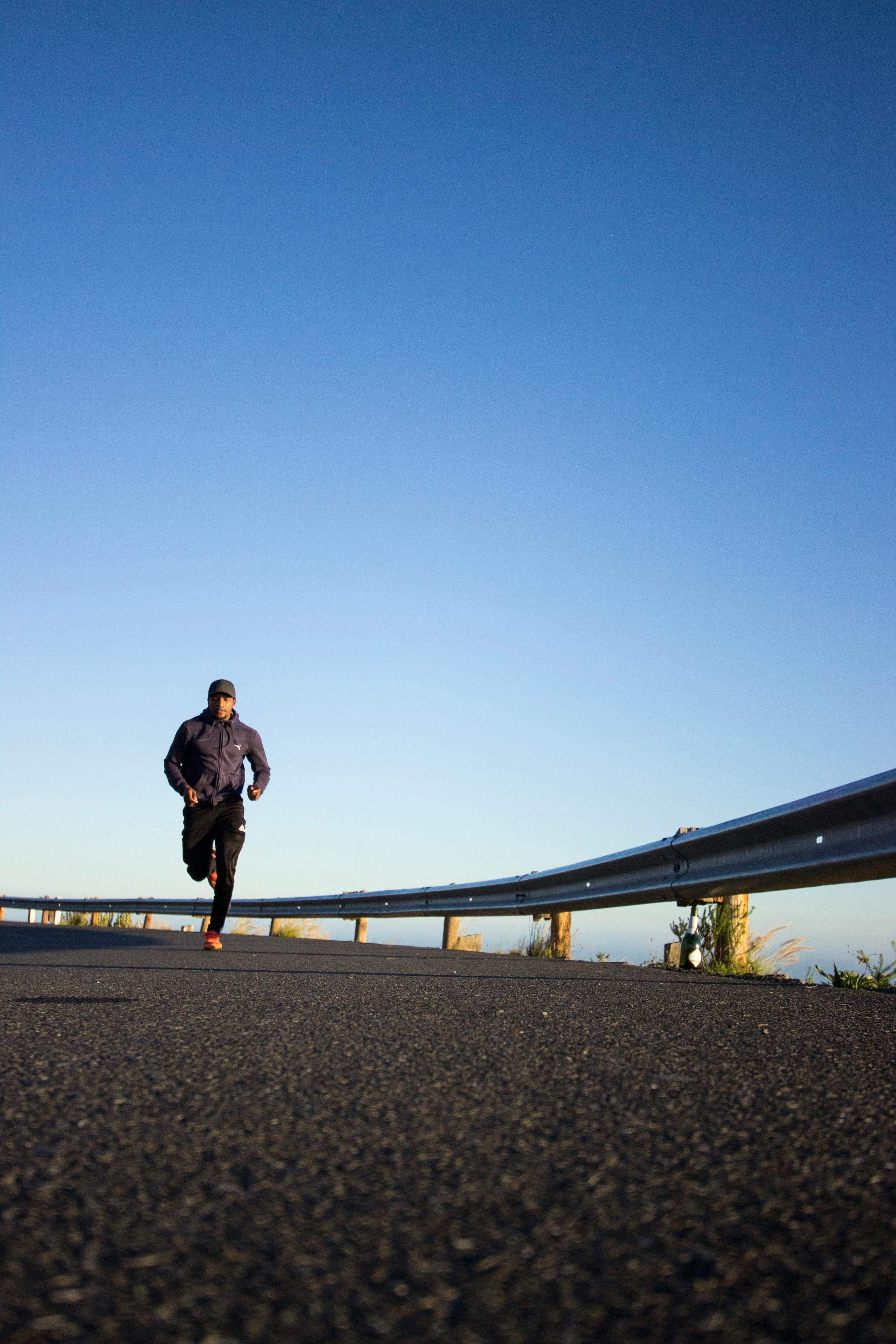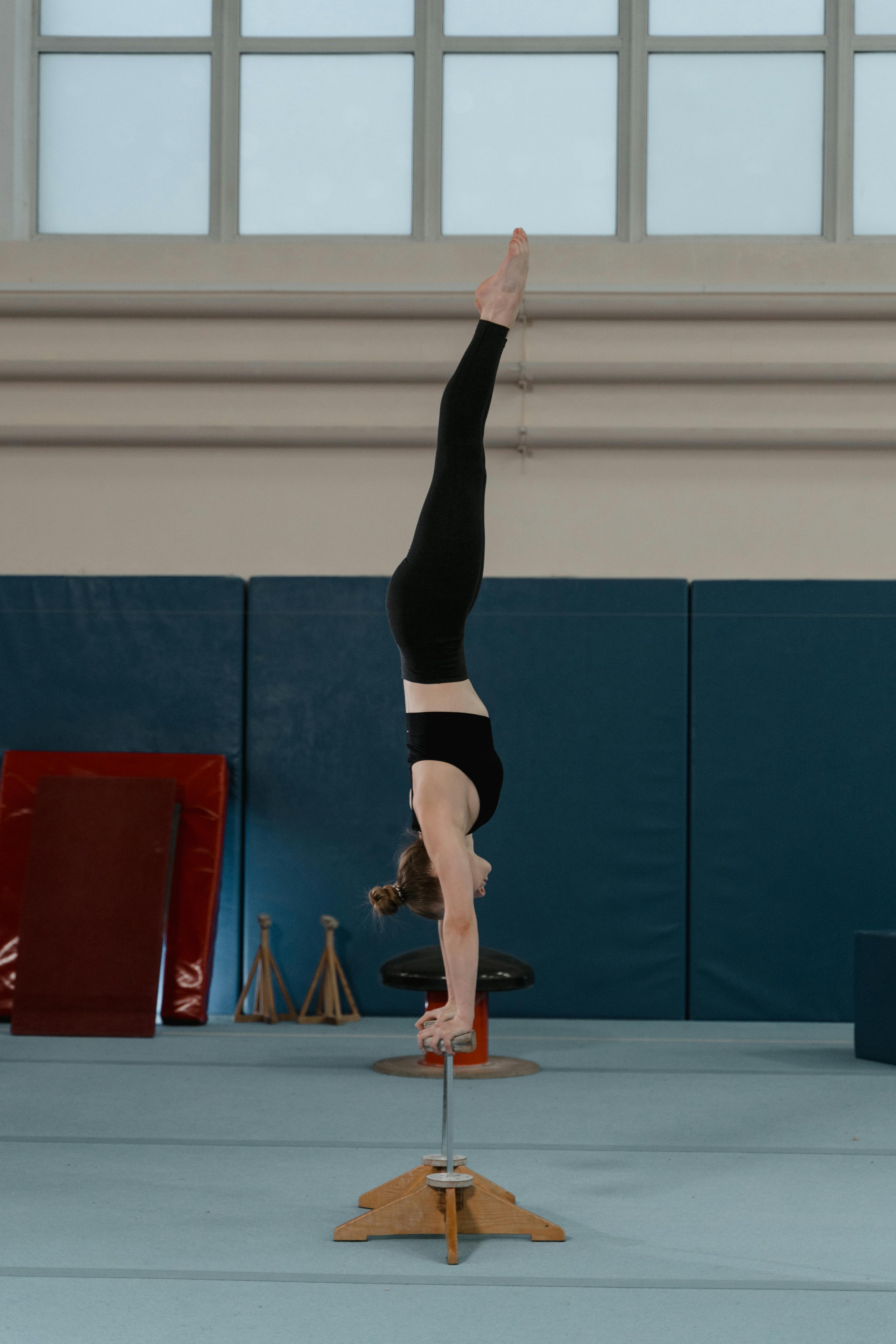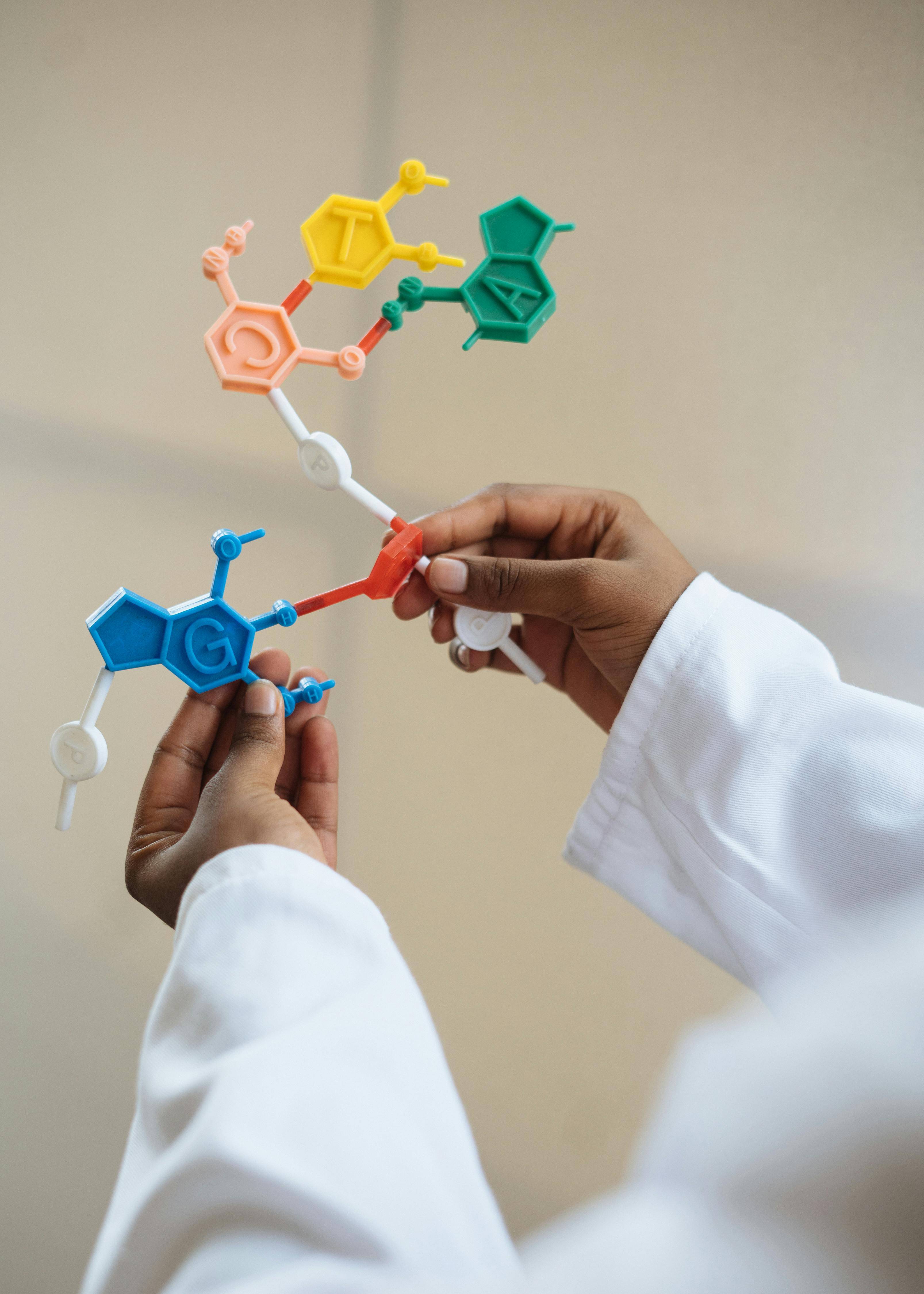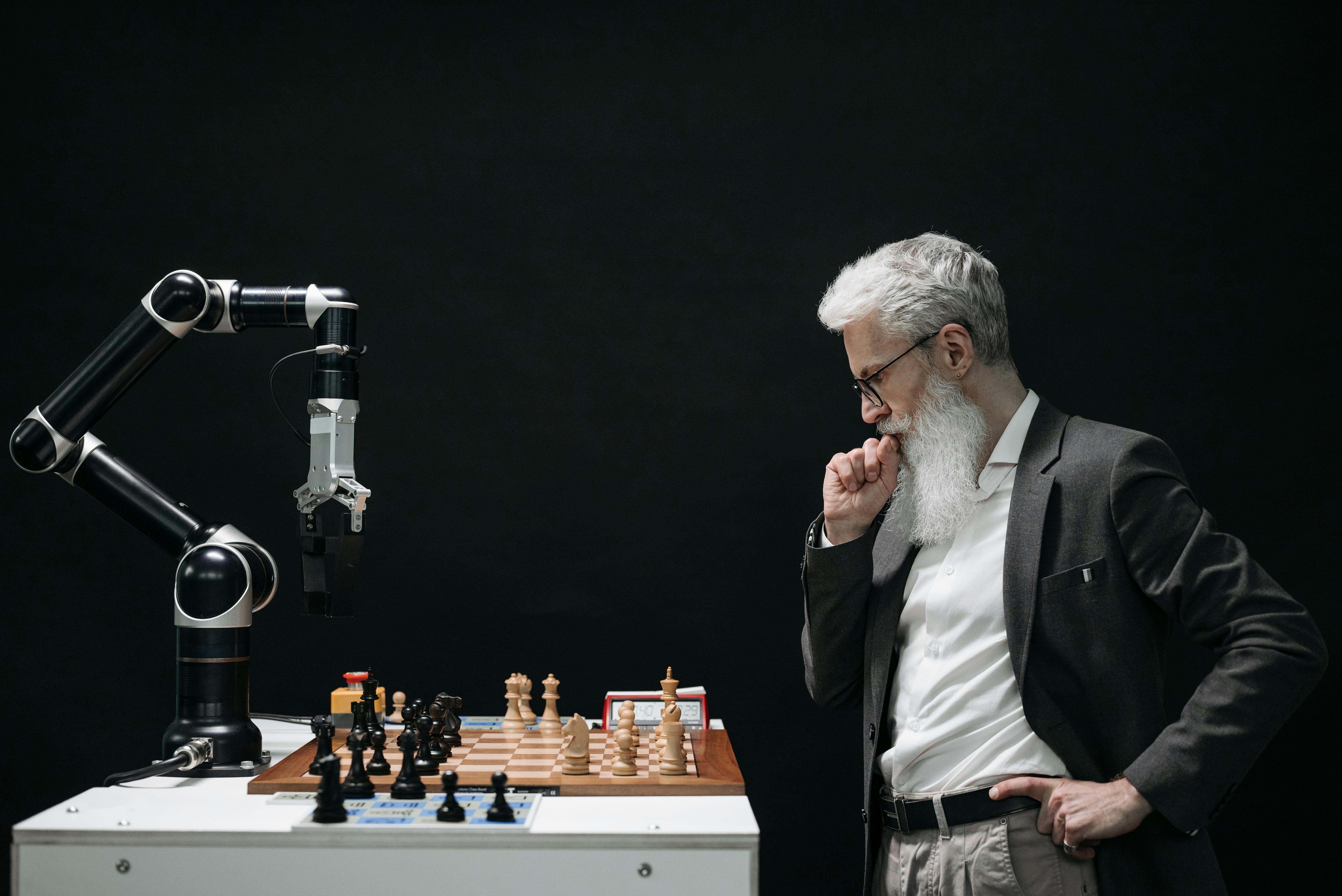AI-Driven Drones: Revolutionizing the Race Skies Against Human Champions

The future of drone technology is no longer a distant vision. It's here, and artificial intelligence (AI) is leading the way. AI-powered drones are now able to perform tasks that were once only possible for human operators, and they're doing it at a faster, more efficient rate. Not only are they capable of filming breathtaking aerial footage, but they are also proving useful across diverse industries, such as agriculture, logistics, and emergency services, to name a few.
The Dominance of AI-Powered Drones in Races
What truly sets the AI-powered drones apart is their performance in the racing realm. Drone racing has emerged as a popular sport across the globe, and drone enthusiasts enjoy pitting their skills against each other in high-speed competitions. Traditionally dominated by human operators, these drone races have taken an exhilarating turn with the involvement of AI-powered drones. They've shown an impressive aptitude for navigating complex racing tracks, often exceeding human capabilities.
For instance, remarkably, these AI-controlled drones are now outpacing human champions in the sport. They can compute calculations in a matter of milliseconds, allowing them to make split-second decisions and adjustments in flight that human pilots could not possibly emulate. This divergence between human and AI drone prowess has sparked conversations about the true potential and future of these AI-controlled contradictions to gravity.
Training AI-Powered Drones: The Role of Machine Learning
The success of AI drones in racing is down to machine learning. Over time and with training, these drones have learned to interpret data, understand the racing environment dynamics, and implement effective strategic movements. It's through machine learning that these AI drones have developed a knack for speed, precision, and resilience against unpredictable variables that can occur during a race.
The more these drones race, the more data they collect. This data is used to refine their algorithms, thus improving their racing performance over time. It's an ongoing cycle of learning, improving, competing, and outperforming. This unique machine learning capability opens a world of potential applications and uses for AI drones beyond the realm of racing.
Beyond Racing: The Widespread Application of AI-Powered Drones
While drone racing provides an exciting method for testing and refining AI capabilities, the benefits and uses of these advanced drones extend far beyond the racing tracks. Geospatial data collection, emergency services, delivery services, wildlife monitoring, and agricultural surveys are just a fraction of the applications AI-powered drones can be utilized for. The more input these drones receive, the more adaptable and effective they become in diverse operational contexts.
Looking Ahead: A Future Powered by AI Drones
As the advancement in AI-empowered drones continues, their influence will persistently grow, either in racing contests or professional undertakings. As they continue to learn, adapt, and evolve, AI-controlled drones stand to revolutionize several sectors, from logistics and agriculture to emergency services, sports, and entertainment.
Ultimately, AI-powered drones are more than an advanced toy or a racing novelty. They present tangible solutions to complex problems and challenges across diverse industries. As we foster this exciting technology, the sky indeed is not the limit for AI drones - their future potential is infinite.
Accelerated innovation and AI-driven drone technology could bring us to the brink of a new era, where man-made machines not only match human capabilities but also surpass them. As artificial intelligence continues to evolve, grow, and learn, the potential for AI drones is immeasurable. The AI-empowered revolution in the drone industry is here, and it's set to reshape the future in unprecedented ways.



